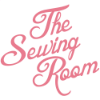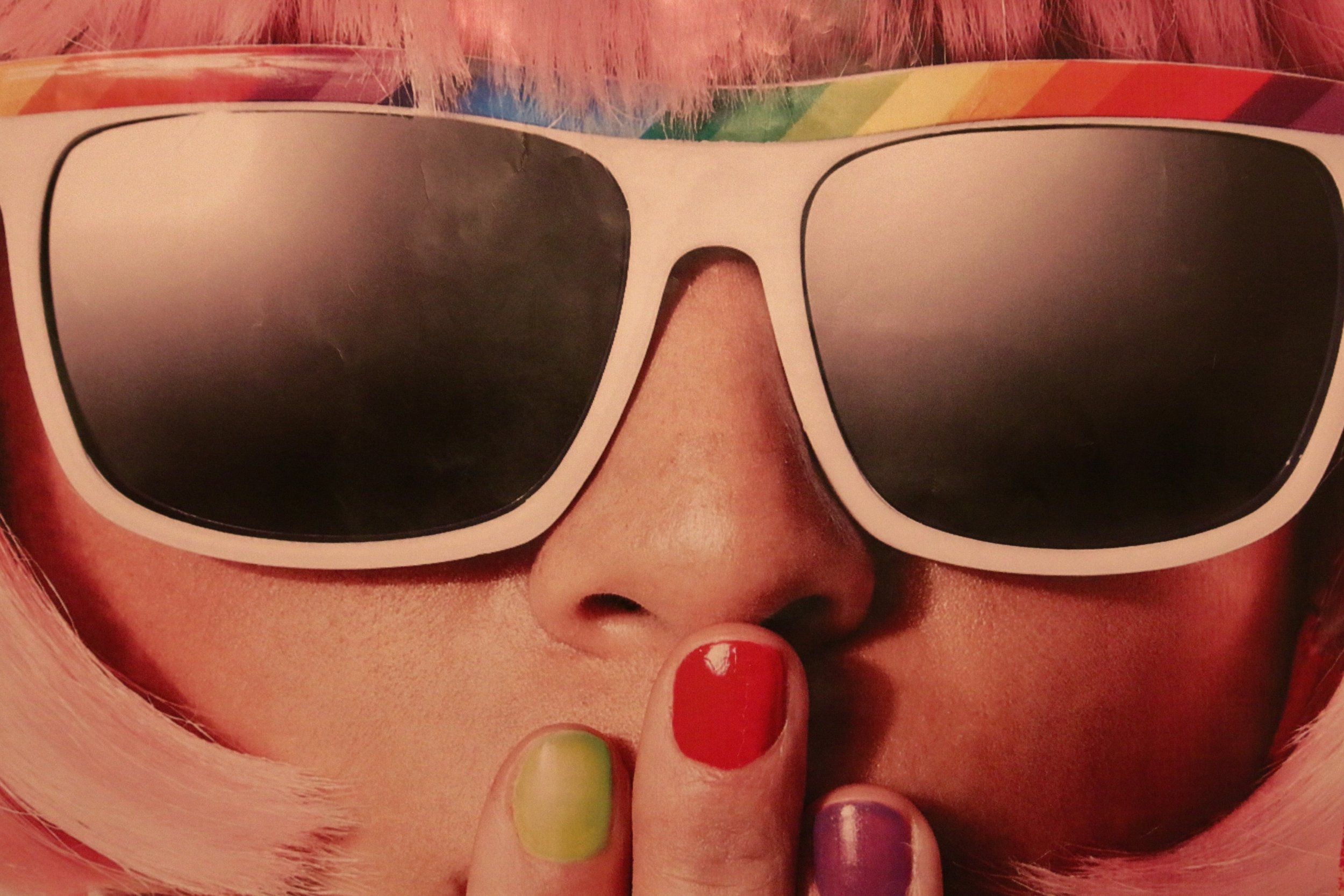These days, your sunglasses can do more than shield your eyes from the sun. They can be a personal statement that expresses your unique fashion sense. They can signal your ethical beliefs towards sustainability, especially if you follow the advice from our article ‘5 Simple Ways to Make Your Wardrobe More Sustainable’ and choose sunglasses made of organic material and manufactured by eco-friendly brands.
Some pairs of sunglasses can even upload pictures to Facebook now, making them more versatile than ever before! If you're wondering how humanity has innovated to this point, from protecting your eyes to interacting with people around the world, here's an overview of the evolution of eyewear.
Ancient Times
Credit: Julian Idrobo under CC BY-SA 2.0 - no changes were made to the image
Necessity is the mother of all invention, and sunglasses are no exception. The Inuit and Yupik peoples of the Arctic Region faced not only freezing cold temperatures and sparse resources—they also had to cope with the potential of snow blindness, which happens when ultraviolet light reflects off snow and harms your eyes. To counter this, they developed the first-ever snow goggles: eyewear made of driftwood, bone, or ivory, which filtered the light through thin slits.
Other places had their own version of protective eyewear. The Chinese placed delicately-framed slabs of smoked quartz onto their faces, less to protect against the sunlight and more to conceal their facial expressions in law courts.
The Roman Emperor Nero purportedly utilized colored lenses in the form of precious green stones to soothe his eyes from watching the bloody gladiatorial contests of his heyday. Those aren't the only examples of gem-centered sunglasses—a pair of Mughal-era spectacles made of emeralds and diamonds recently made rounds in Hong Kong and London to allow the public to appreciate their bejeweled intricacy before being auctioned.
The 18th Century
Credit: Wellcome Images under CC BY-SA 4.0 - no changes were made to the image
It was the English optician James Asycough who first thought that tinted glasses might be able to help correct eye impairments. At the time, he wasn't thinking about the sun. An outbreak of syphilis was pervading across Europe in the mid-1700s and consequent light sensitivity. Asycough's tinted spectacles alleviated that pain and became known as an effective eye treatment.
Early 20th Century
Credit: State Library of Queensland under CC0 1.0 - no changes were made to the image
The image of sunglasses as purely medical equipment shifted at the hands of Sam Foster. The American entrepreneur mass-produced the eyewear and sold them in Atlantic City, promising beachgoers that the specs would protect their eyes from the sun. His efforts gained a boost when celebrities began donning shades themselves—both to conceal their identities in public and to hide their red eyes, which resulted from long hours under the powerful klieg studio lamps. The ensuing widespread demand encouraged other manufacturers to take their own spin on sunnies, and shades became the height of fashion.
1970’s & 1980’s
In the 1970s, sunglasses were big, bold, and popular, proliferated mainly by the hippie counterculture. Outside of the fashion industry, sunglasses were undergoing another evolution. Many athletes already wore sunglasses, but there weren't any made specifically for sports. Oakley changed that with their cyclists' Eyeshades—sunglasses with a curved shape and interchangeable lenses. They were a hit.
Sunglass innovators once more rose up to fill the sunglass demand for different sports. One group of such innovators was a band of hardcore fishermen whose vocation required them to battle extreme elements and sunlight. No sunglasses were robust enough to fit their lifestyle—so they built Costa sunglasses, which can shield you against reflective light in open water and adjust to both bright and low light conditions. They also have various top-notch frames that have their own performance advantages. This durable design was the next step in eyewear innovation.
Modern Era
Credit: cavebear24 under CC BY-SA 4.0 - no changes were made to the image]
The next stage of eyewear development involves combining sunglasses with technology. Ray-Ban Stories sunglasses exemplify this tech, allowing you to augment reality, record it via its embedded wearable camera, and upload it to the web. As of yet, this eye gear hasn't been widely adopted—there are still privacy concerns that must be addressed. Overall, however, it seems that sunglasses are going to continue evolving.
Step by step, we managed to create sunglasses that were both useful and sleek. Every feature of modern sunglasses has within it a history of human invention.
Article contributed by Riley Judith
Exclusively for The Sewing Room







